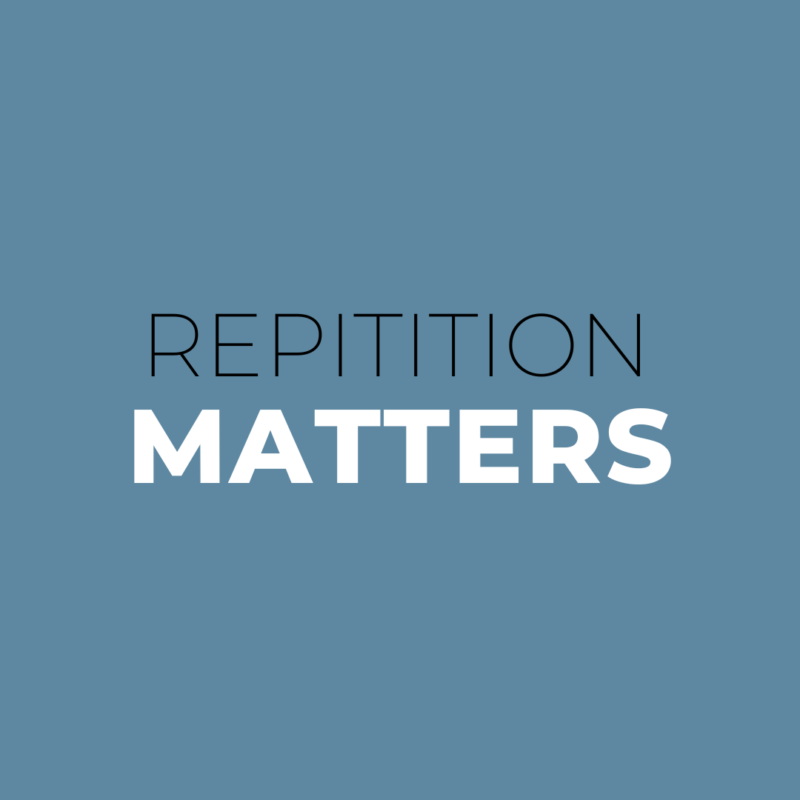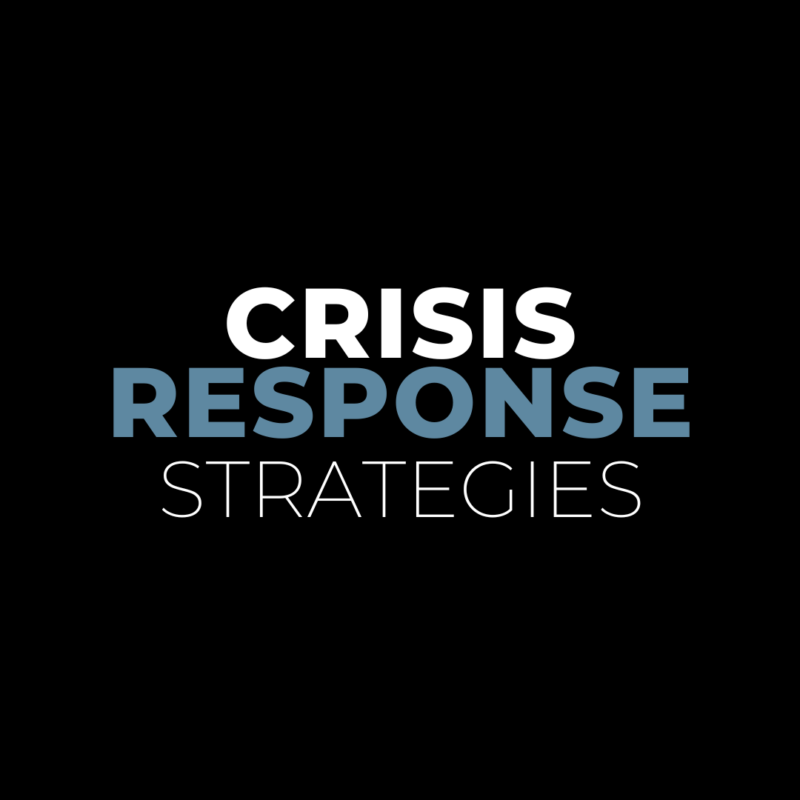Why should I care who’s on my email subscriber list?
Email marketing and newsletters are a great way to directly interface with your target audience. Emails are a surefire way to see if and how people are engaging with your content. As your business grows, your list will grow too. Seeing that growth among subscribers can feel exhilarating because it feels like a direct correlation to your business’s success. Unfortunately, that’s not always the case.
Today, email service providers, such as Mailchimp or HubSpot, make it easy to see exactly who is reading your emails and who is ignoring them. That’s why it’s important to look closely at your campaign results.
When evaluating your email subscriber list, always remember that less is more. While it’s encouraging to grow your email list, especially if you’re a new business starting from scratch, you are also at risk of reaching a tipping point where having too many subscribers can hurt your business. That’s because it’s more important to have a healthy list of engaged subscribers than tens of thousands of subscribers who don’t engage when you reach their inboxes. Practicing email list hygiene will help ensure your email is getting into the right people’s inboxes and engaging with them more effectively.
Why does a “healthy” email list matter?
“Email deliverability” is important first and foremost. If your email campaign results in too many bounces or feeds to subscribers’ spam folders, your sender reputation may look compromised to your email service provider, and your messages are more at risk of getting stopped by spam filters.
Take a close look at your past campaign results. You should strive for at least 95% successful deliveries. If you’re averaging below that, look at your bounces and unsubscribes and archive those contacts to ensure they’re not included in future email campaigns.
Consider segmenting your lists.
If you send multiple campaigns each month, segmenting your subscriber list may help improve your open and click rates. The more passive subscribers may not need every email message you send. Your more engaged subscribers can remain on your regular cadence of email campaigns.
By segmenting your passive subscribers, you can save them for special campaigns that offer something exclusive, such as a coupon to your shop, a free dessert at your restaurant or priority seating to your next event. If they’re still not engaging, then it may be time to remove them from your list.
Keep an eye on spam reports.
Review your spam complaints after each campaign. If you receive too many complaints and your email is landing in too many spam folders, your ESP may blacklist your account, as well as your IP address or domain. This will further damage your sender reputation and make it very difficult to get your organization off that list. Even if you are able to remove yourself from the blacklist, you would need to rebuild your whole email subscriber list from scratch and prove that these contacts voluntarily signed up to receive your emails.
Email list hygiene is something you should consider practicing at least once or twice a year. While your open and click rates may look favorable today, it’s not uncommon for those numbers to decline, especially if your content remains stagnant. Keep a close eye on who’s engaging with your campaigns and don’t be afraid to part ways from those who may not benefit anymore from what you offer.


